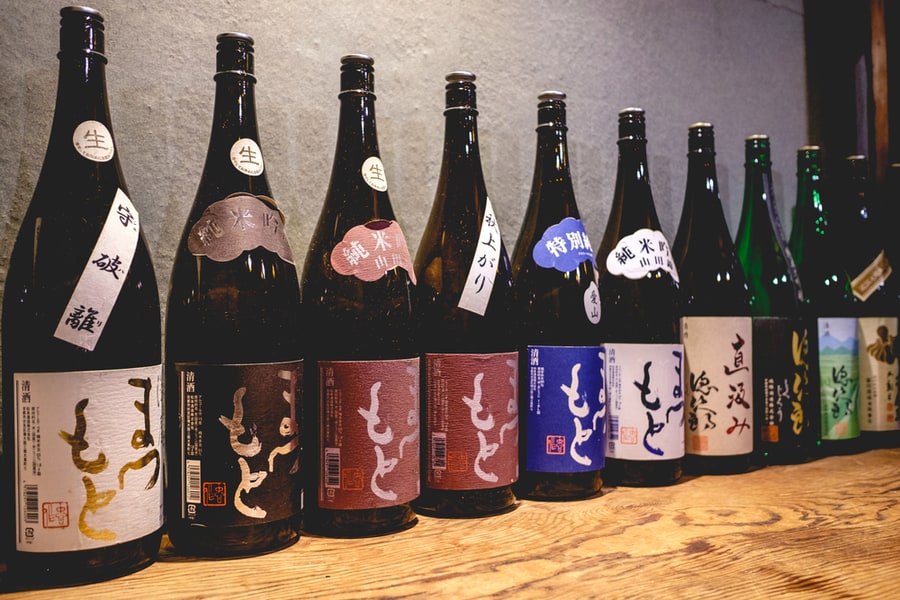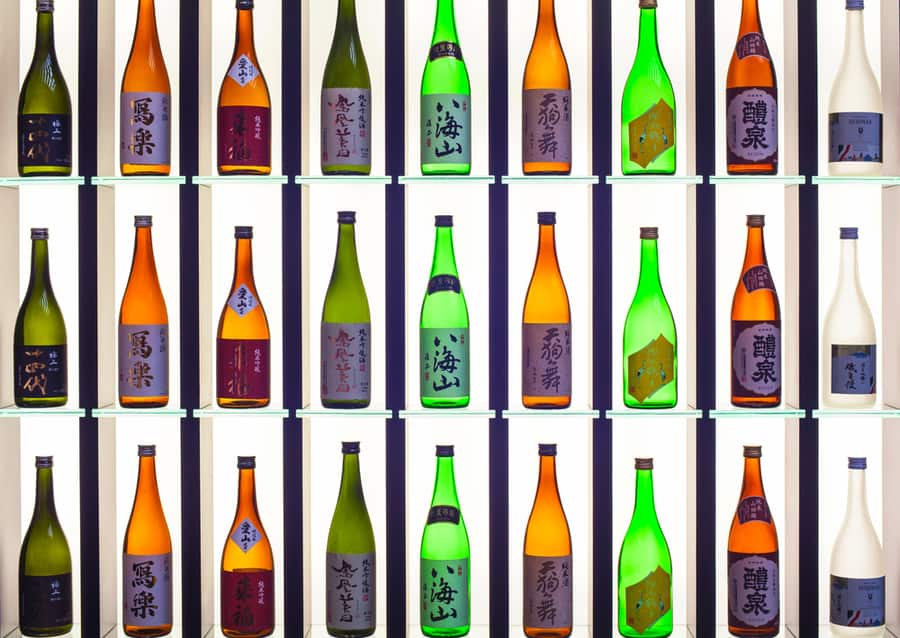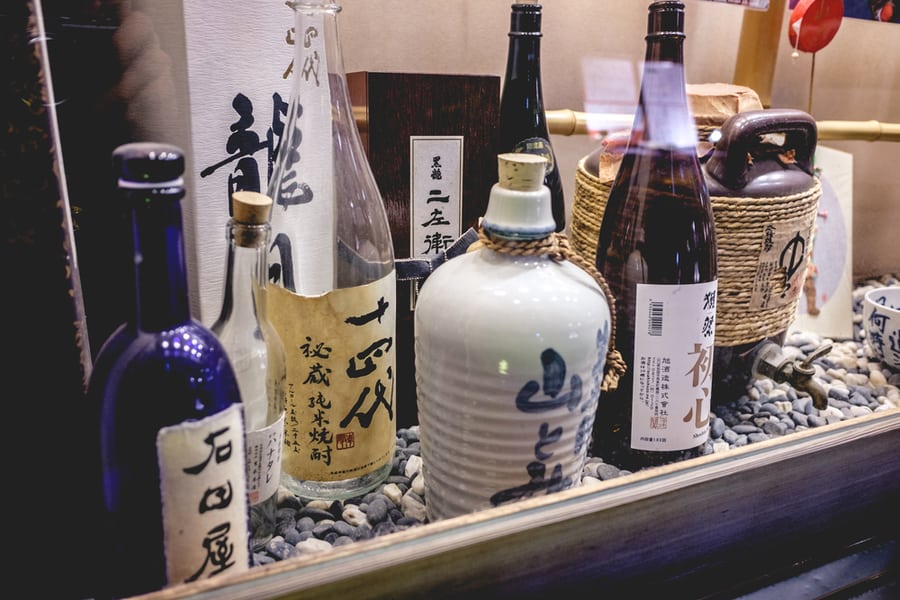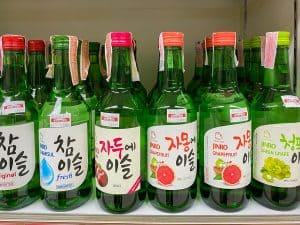
Every nation has its national beverage, and Japan’s, as you may have guessed, is sake. It is an alcoholic beverage made from a fermented rice mash (just like whiskey, but instead of grains, the Japanese use rice.
Sake is often misunderstood, and sometimes people think they can treat and store it like other types of liquor. We’ll investigate whether sake does go bad in today’s article.
A sealed bottle of sake will last around a year or two in a cool, dry, dark cupboard before it starts deteriorating. An open bottle of sake breaks down quickly due to oxidation and will, at the most, last a week in the fridge. Unpasteurized sake should always be kept in the refrigerator and consumed in one sitting if possible, but it can last up to a week when stored in a fridge.
We’ll look at the main types of sake before we examine whether you can age sake at home (spoiler alert, you cannot). We’ll also look at how you can tell if your sake has gone bad and how you could ‘save’ it from total ruin. Finally, we’ll end with some tips on storing sake properly so that you can enjoy it later.
The Different Types of Sake

Before we continue, we have to make a few observations about sake. The degree of milling the sake rice undergoes before fermentation is called Seimai Buai. Milled rice is also known as white rice. The sake rice is polished, i.e., the bran is removed, and with it, the protein and oil the grain contains.
There are five main categories or types of sake:
- Jinmai-shu: contains pure, unchanged sake. Brewers do not add brewer’s alcohol, additional sugar, or starch to the product either. Instead, a Semai Buai of 70% is used, meaning 70% of the rice maintains its original size, and the outer layer of the remaining 30% of rice is removed.
- Ginjo-shu: is made from 40% milled rice and 60% original-sized rice grains. A special kind of yeast is used in combination with low temperatures to ferment the rice mash resulting in a light flavor and delicate aroma. Labor-intensive techniques are required to produce this type of sake.
- Daiginio-shu: is a type of Ginjo-shu sake. The percentage of milled rice ranges between 30 and 50%, with the remainder made up of non-milled rice. Expect a lot of fragrance and a full body yet delicate taste.
- Honjozo-shu: uses 70% rice in its natural state (unmilled), while 30% is milled. The addition of brewer’s alcohol (Jozo alcohol) results in sake that’s not as potent as the other types. By adding brewer’s alcohol, this type of sake has a light and smooth body and flavor, and the aroma is distinct and easily recognizable. Ideally, you’d serve this type of sake warm.
- Namazake: means the final drink was not pasteurized. Producers can make all types of sake in the Namazake style. However, we’d advise you to store this type of sake in the fridge before opportunistic bacteria spoil your opened bottle and to maintain the aroma and flavor.
- Nigori-sake: sometimes, sake producers prefer not to filter their final product, referred to as a Nigori-sake. Sometimes some koji rice grains also make it into the bottle, but you don’t have to be alarmed about this. Nigori-sake is sweet and can be enjoyed as a dessert drink.
Before we continue, in Japan, sake is known as nihonshu or ‘Japanese alcohol.’ However, we will stick with the Western name, sake, to keep things simple.
Can I Store and Age Sake?

Unfortunately, sake is not a beverage that can be stored and aged like fine wine. Sake should be consumed immediately or as soon as possible after bottling. You could stretch it to a year or two, but sake degrades over time and loses its original flavor and aroma.
You can store an unopened bottle of sake for several years, but the flavor compounds will break down over time, and the taste will be less satisfactory. So the short and honest answer is once you’ve opened the sake, you should consume it in one sitting to enjoy the optimal taste.
How Can I Tell My Sake Is Bad?
There are a few tell-tale signs you should look out for to check whether your sake has gone bad. The signs include:
- A yellow hue. Sake is a clear liquid, and anything that deviates from that might indicate your sake has gone bad. If your bottles have taken on a yellowish shade, it is best to discard them because they’ve been exposed to oxidation. While this is a good rule of thumb, there are also exceptions to this guidance. Aged sake, called koshu, is intentionally aged and can have a slight yellow tint when you look at it. This guideline also does not apply to unfiltered products such as Nigori.
- Strange particles that settle at the bottom of the bottle or still float in the liquid are a bad sign. Your sake is falling apart and should be discarded. Of course, if a rice grain or two made it into the bottle (highly unlikely, but accidents happen), it is not cause for alarm. Nigori is an exception again.
- After the visual observations, you might need to smell your sake to double-check if it is still safe to drink. When you pick up any rotten, unpleasant, or sour odor, you should discard the contents immediately. Sometimes you can pick up a wet dog smell or vinegar or chemical notes. Proceed to discard. There’s no saving that bottle, sorry.
- If your sake has passed all the tests above, you’ll have to taste the sake. If you pick up any tastes you don’t recognize or it tastes wrong, toss them out. Just ensure you’re not confusing it with a type of sake you’re unfamiliar with or don’t like. In the case of the latter, use it for cooking.
Keeping the guidelines above in mind, if you are unsure, instead get rid of the sake. But sometimes you can ‘save’ a bottle of sake before it deteriorates too far. There are no harmful effects from drinking sake that has gone bad; it is just not a very pleasant experience.
Heating sake is a tricky business, but this guide explains it perfectly. If your heated sake still doesn’t taste better, maybe use it for cooking as soon as possible.
The Correct Way To Store Sake

Storing sake correctly can extend its shelf life and is especially important when you have expensive premium brands. An unopened bottle, stored correctly, will last about a year before it starts to break down. An opened bottle will last about a week.
The two main factors that will cause sake to break down quickly are temperature and light. Let’s look at each individually below.
Temperature
Just like any other alcoholic beverage or spirit, sake should not be exposed to temperature fluctuations. In addition, keep your sake away from heat sources because it will cause the flavor and aroma to deteriorate even quicker.
Light Exposure
Exposure to light is just as harmful as temperature fluctuations. Exposure to light, including sunlight, causes chemical reactions within the sake and causes the proteins in the bottle to undergo undesirable changes. The best place to store your sake is in the box (if it came in a box) in a cool, dark, and dry place.
Sometimes, foods with strong smells can also affect the sake, so keep this in mind. The best place to store an open bottle of sake is in the fridge—regardless of the type of sake. Consume the sake within a week to ensure you get the most benefit from the unique flavors and aromas.
Conclusion
Sealed sake will last about a year or two before it goes bad. However, it depends on the storage conditions—exposure to light and heat will cause it to break down faster.
You should consume an open bottle of sake in one sitting, but you can store it in the fridge for about a week before it goes bad. Unpasteurized sake should always be stored in the fridge regardless of whether you’ve opened it or not.









